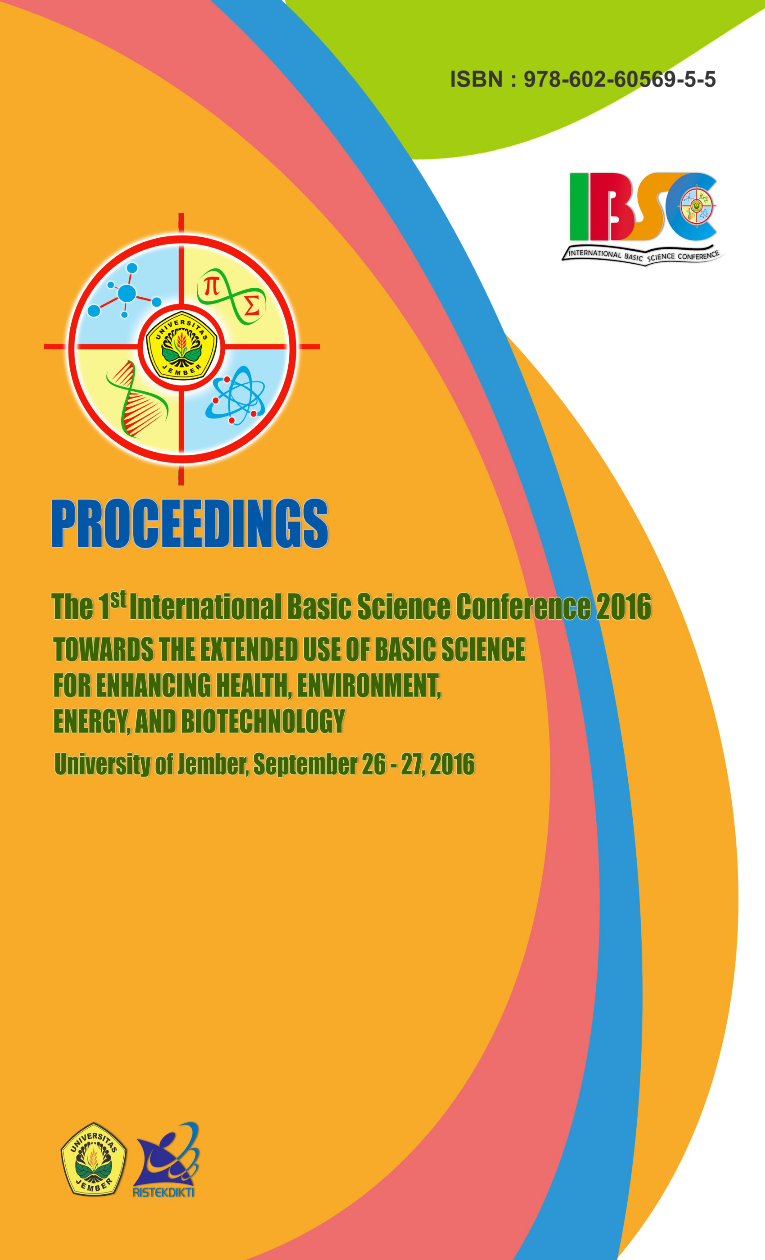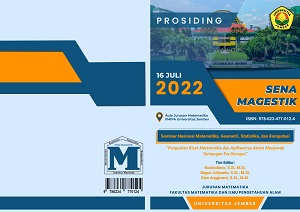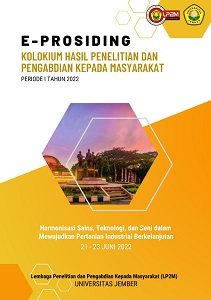SYNTHESIS OF ZINC OXIDE (ZNO) NANOPARTICLE BY MECHANO-CHEMICAL METHOD
Abstract
Zinc Oxide nanoparticle have been synthesized by mechano-chemical method. The method is reacting zinc chloride (ZnCl2), Natrium Carbonate (Na2CO3), Sodium Chloride (NaCl) into Zinc Carbonate (ZnCO3) and Sodium Chloride (NaCl). This research focuses on the effect of variations in the length of time milling to the size of particles formed. Milling time used in this research are 0 hours, 15 minutes, 1 hour, 3 hours, 5 hours, 7 hours, 8 hours respectively. Calcination to remove CO2 carried out at a temperature of 4500C for 2 hours. This process may lead to aggregation of the particles so that the particles will swell due to the merger between the particles. Sodium Chloride (NaCl) removed by dissolving in aquadestilata with sonicator for 30 minutes a speed of 60 Hz. Characterization of the size of the particles formed is done using the Particle Size Analyzer. The measurement results show that the particles formed yet reached below 100 nm. 3 hours long milling time provides the best particle size is 135.6 nm. The particle size obtained when milling 1 and 7 hours respectively were 183.8 nm, 877.7 nm. ZnO compounds are formed for a variation of milling time 0 hours, 1 hour and 8 hours respectively was 12.55%, 13.31%, 14.8%.
Published
2017-08-08
How to Cite
SISWANTO, Siswanto; YULIATI, Anita; HARIYANTO, Mayasari.
SYNTHESIS OF ZINC OXIDE (ZNO) NANOPARTICLE BY MECHANO-CHEMICAL METHOD.
UNEJ e-Proceeding, [S.l.], p. 174-176, aug. 2017.
Available at: <https://jurnal.unej.ac.id/index.php/prosiding/article/view/4189>. Date accessed: 05 feb. 2025.
Section
General









